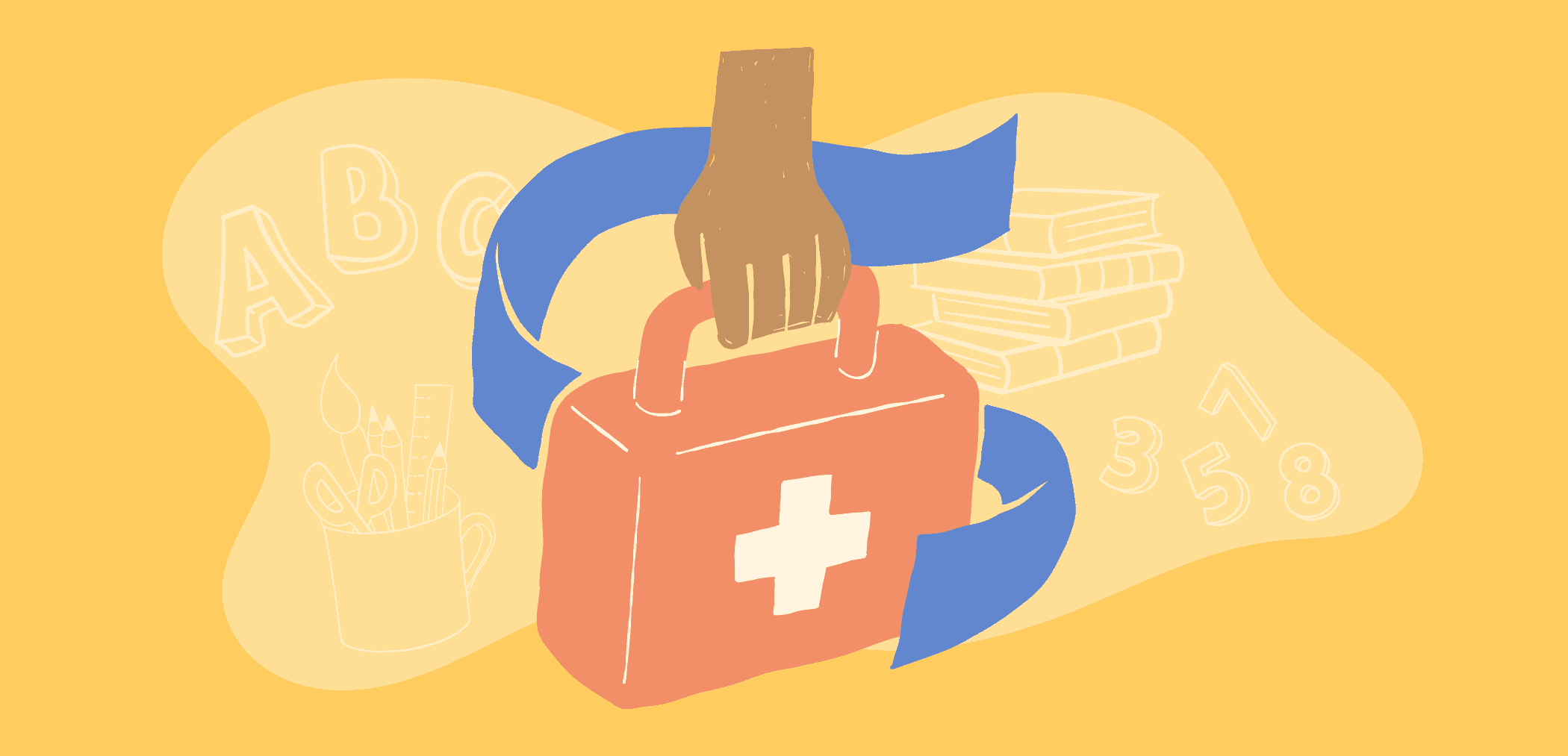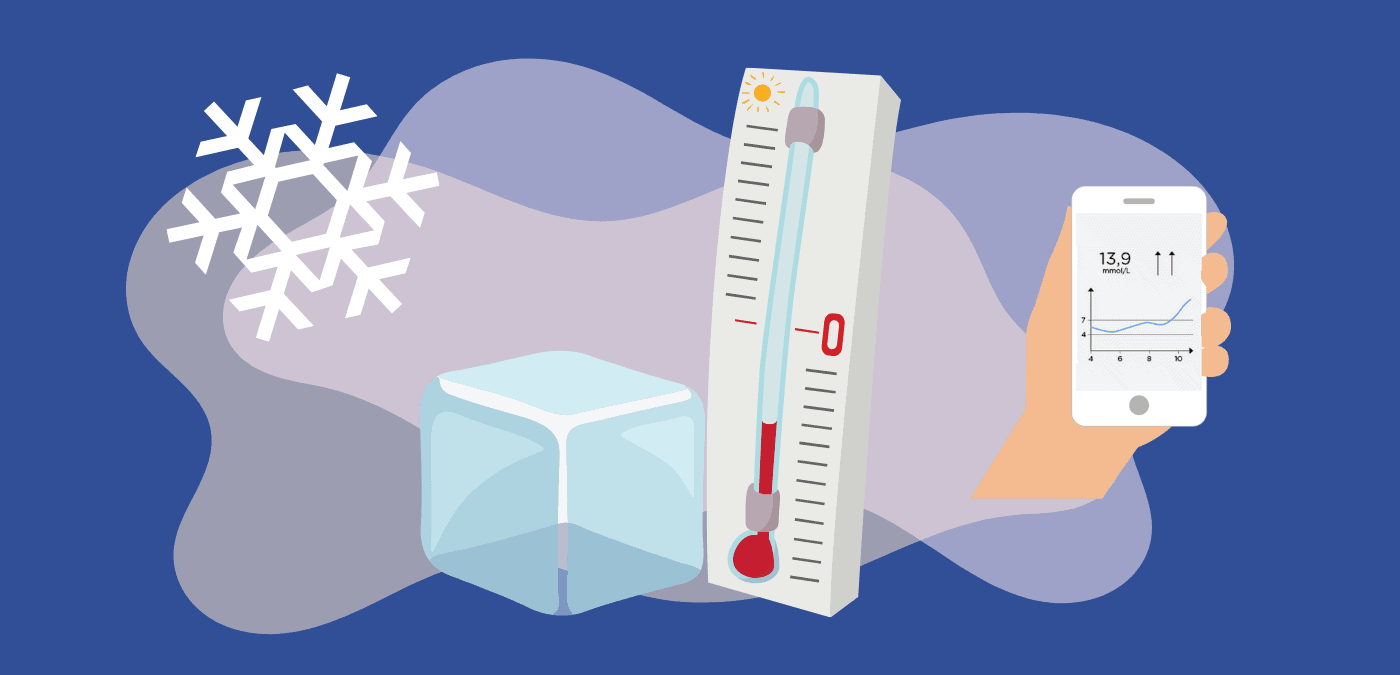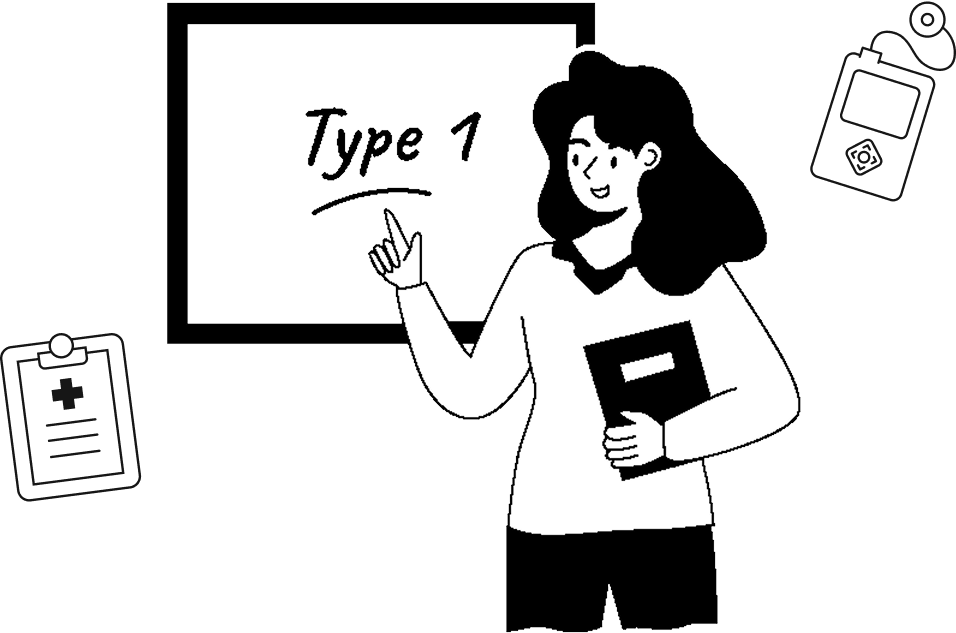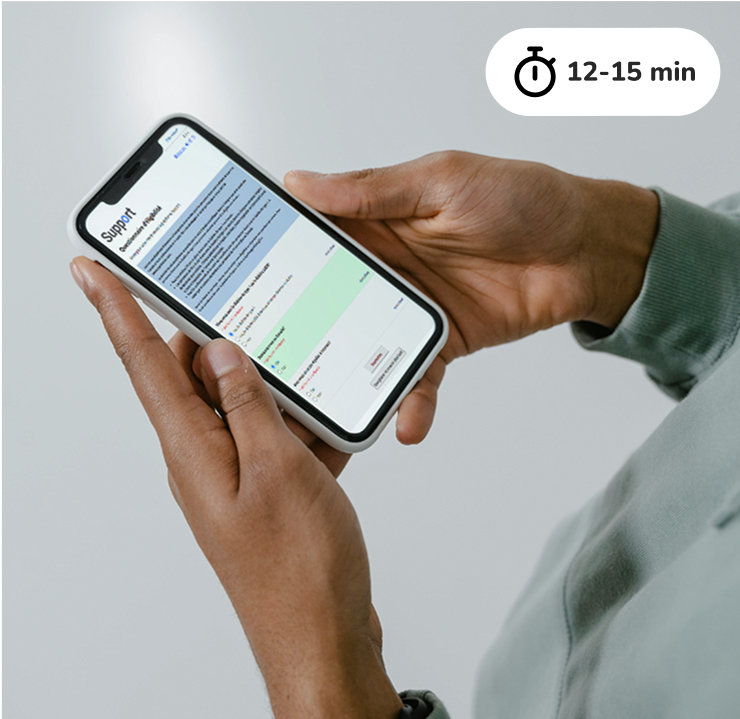Is your child starting a new school year living with type 1 diabetes (T1D) for the first time? If that’s the case, then you not only need to get their school supplies ready, but also the diabetes supplies your child needs to have on hand and an emergency kit to be kept at school (e.g., school nurse, student services or child’s locker, depending on their age). And yes, you’ll have to do this every year!
Your child’s school nurse, if the school has one, should contact you to review the material that needs to be prepared and to fill out an intervention guide and protocol, usually called the individual care plan. If not, don’t hesitate to contact your child’s school.
Whether your child is starting their first, second or fifth school year with T1D, or if they are diagnosed during the school year, they should ideally have the following items on hand or in their emergency kit.
Please note that the emergency kit contents may differ according to the school’s specific requirements or the province’s protocol.
Insulin and blood sugar management
If your child injects insulin with a pen, the same pen should ideally be used at school and at home. This will allow you to manage the replacement of insulin cartridges.
Even if your child wears a continuous glucose monitor (CGM) such as Dexcom or Freestyle Libre, they should always have a glucometer (capillary blood glucose meter) close by (e.g., in their school bag, their desk or their teacher’s desk), so they can quickly check their blood sugar at the fingertip if they suspect they have hypoglycemia (low blood sugar).
Also, it’s always good to keep a few extra items in case some get forgotten, lost or broken (e.g., spare pen, needles, alcohol swabs, CGM sensors or glucometer, adhesive patches, pump supplies); these extra supplies can be kept at school, with the school nurse, at student services or with a trusted person who is available and knowledgeable about the realities of T1D. The contents of the kit will vary according to how your child injects insulin and monitors their blood sugar (see list below), as well as their level of autonomy in managing additional items.
In all cases, make sure the school has your contact details and those of your child’s healthcare team!
Treating hypoglycemia
Ideally, your child should always have nasal glucagon (Baqsimi) on hand for the treatment of severe hypoglycemia (this is when they are unable to take sugar by mouth), either in their school bag or in their pockets, depending on their age. Schools usually appreciate having access to a spare nasal glucagon, either with the school nurse or in another secure location. You can share this instructions video to the school staff about how to administer Baqsimi. This short video (approx. 2 min) has been validated as an effective training tool for school staff.
Your child should also keep quick-acting sugar in their bag, their desk or their pockets to correct mild to moderate hypoglycemia (e.g., Dex4 or other). Most schools will also ask you to prepare extra sources of quick sugar and protein snacks (e.g., milk cartons, granola bars, yogurt) to be kept with the school nurse or at student services. Make sure that refrigerated snacks can be kept in a fridge.
Correcting hyperglycemia
Whenever your child has sustained hyperglycemia and is not feeling well, a member of the school staff will usually contact you. Blood ketone strips and measuring device can be added to the emergency kit so that the level of ketones (ketone bodies), which are toxic molecules for the body, can be measured promptly.
Make sure your child has a water bottle with them at all times and stays well hydrated, especially when they’re having hyperglycemia.
Type 1 diabetes school emergency kit checklist
EXTRA SUPPLIES
(depending on your management tools)

MULTIPLE DAILY INJECTIONS
(pen or syringe)
- Needles.
- Alcohol swabs.
- Optional: additional insulin pen with cartridge, or syringe, if school has fridge space.

INSULIN PUMP
- Charging cable or spare batteries (depending on the type of pump).
- Replacement infusion sets (catheters and tubing, or POD), as well as everything needed to change them (e.g., Skin Tac/Skin-Prep, alcohol swabs, protective dressings or adhesive patches), but only if your child can manage replacing this equipment. Very few schools have staff trained for this task.
- Optional: insulin pen with cartridge/needles, or syringe (if the school has fridge space), and alcohol swabs, in case of pump failure.

GLUCOMETER
(finger prick)
- Batteries or charging cable.
- Test strips.
- Lancets (small needles).
- Alcohol swabs.
- Optional: extra glucometer.

CGM
- Adhesive patches or armband (to prevent the sensor from falling off during the day).
- Optional: spare sensor, but only if your child is able to install it themselves.
- Optional: extra glucometer.
OTHERS
- Biomedical waste container, if there is none at the school.
IN CASE OF HYPO OR HYPERGLYCEMIA

TREATING HYPOGLYCEMIA
- Nasal glucagon (Baqsimi) or glucagon injection kit.
- Sources of quick-acting sugar (e.g., Dex4, small juice boxes, honey, sweetened soft drinks).
- Protein snacks, depending on access to a fridge (e.g., granola bars, yogurt, milk cartons, cheese).

TREATING HYPERGLYCEMIA
- Optional: ketone strips and measuring device.
Preparing for back-to-school
In addition to preparing an emergency kit, it’s always a good idea to meet with the members of the school staff who will be into closest contact with your child to discuss T1D, the protocol for treating hypoglycemia and other issues. Make sure your child’s teacher(s) are also aware of their condition(in particular, symptoms of hypoglycemia and hyperglycemia).
For more details, read (or reread) our blog article Type 1 diabetes in school: getting ready to go back to class.
Here’s to a great start of the school year!
References:
- Canadian Paediatric Society. Preparing for school. Consulted on August 6, 2024. https://diabetesatschool.ca/preparing
- FRDJ. Checklist for going back to school. Consulted on August 9, 2024. https://www.breakthrought1d.org/wp-content/uploads/2020/06/JDRF_B2S_checklist_v9.pdf
Écrit par : Nathalie Kinnard, rédactrice scientifique et assistante de recherche
Reviewed by:
- Rémi Rabasa-Lhoret, MD, Ph.D.
- Anne-Sophie Brazeau, P.Dt., Ph.D.
- Sarah Haag, R.N., B.Sc.
- Julie Simard, clinical nurse, Centre de jour diabète, CHUL
- Jacques Pelletier, Amélie Eloundou, Claude Laforest, Domitille Dervaux et Michel Dostie, patient partners of the BETTER project.
Révision linguistique par : Marie-Christine Payette





